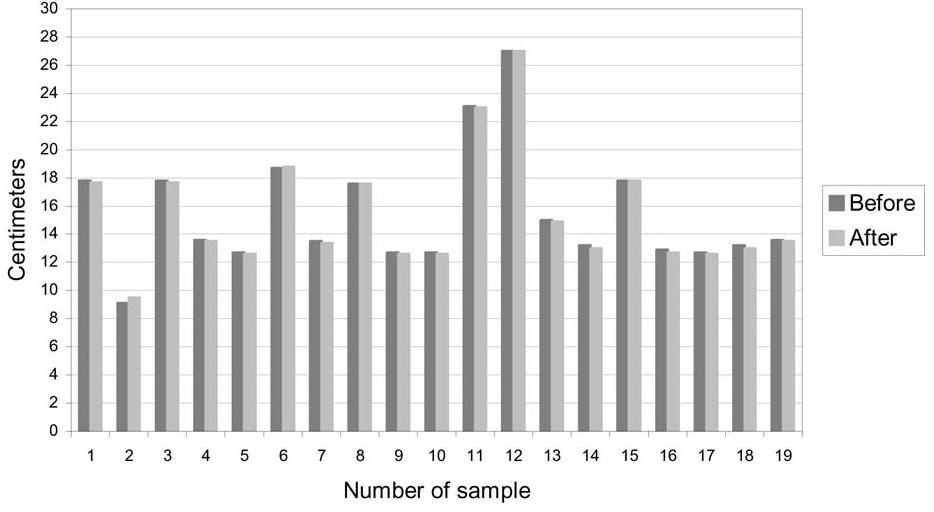
Topics in Photographic Preservation 2003, Volume 10, Article 4 (pp. 29-36)
Translation by Celina Contreras
Presented at the 2003 PMG Winter Meeting, San Juan, Puerto Rico
The aqueous treatment by immersion is a very common practice, however the effects that it has on photography with gelatin emulsion are still not well understood. Therefore, the objective of our research was to identify and evaluate the modifications that washing by immersion produces on the physical, physio-chemical and chemical properties of photography with gelatin emulsion.
This project took place at the National School of Conservation, Restoration and Museography, INAH-SEP under the supervision of Fernanda Valverde, and in collaboration with the Physics Institute and the Materials Research Institute of the National University of Mexico, who supported us with the instrument analyses.
Our methodology was based on the washing techniques used at the National School of Conservation, and also on the methods already used for evaluating emulsion properties and washing of albumen such as those published by Angela and Ian Moore and Paul Messier and Timothy Vitale, in 1993 and 1994 respectively.
The two important objectives of our research were: to verify the efficiency of this treatment in the removal of dirt and acidity which are main factors in the degradation of photographic material as well as to evaluate the damages that the washing produces in the emulsion. To achieve these goals, a group of properties were observed and measured.
1. The physical properties we paid attention to were:
2. The physio-chemical properties analyzed were:
The results of the study would therefore reveal the key factors in determining whether or not the photographs would suffer damage during washing by immersion.
For this study, 19 photographic portraits made in Mexico between 1900 and 1950 were selected photographs with signs of damage on the image such as scratches, deformation, abrasion, fissures, fractures, cracks, stains, finger prints, silver mirroring and yellowing, were chosen.
Each photograph was properly documented. The data collected included:
In parallel, photographic record was made onto 120mm film. In the first stage of the experiment, we measured length, width, and thickness of each sample. In order to minimize error, we measured thickness at five different points using a micrometer of 0.01–100m, and averaged these five measurements. We measured the pH selecting sections which exhibited the three densities of the image (highlights, mid tones, and shadows) and we also measured the support.
Before the washing treatment, the photographs were analyzed. Digital images were obtained of the most relevant damages, the size selected was 5mm2. The topography of the binder was scanned via SEM, also in sizes of 5mm2.The spectrocolorimetry analyses were carried out for all three image densities. Subsequently, the melting point test was also completed.
All these tests were repeated after the treatment took place, in order to reach our main objectives: to evaluate the efficiency and consequences of the washing by immersion, and to understand its damaging effects.
Before dipping the photographs in the washing solution, and to avoid a sudden expansion of the photographic layers, the photographs were moistened for between 15 and 20 minutes depending on the thickness of the photograph and the hygroscopicity of the gelatin in a humidity chamber.
While the prints were being pre-moistened, the washing solution was prepared following guidelines similar to those regularly used by conservators. The solution was prepared with distilled neutral pH water; two drops of Kodak photo-flo were added per liter. The solution temperature was kept at 20°C.
For the washing process, the photographs were placed in the container between two layers of monofilament film, and the container was shaken from time to time. After 20 minutes, the photographs were placed on a glass with the emulsion face-down. At this point, we manually removed all adhesive and cardboard residues still found on the backside. The photographs were then rinsed for 5 minutes, and placed again on a glass – this time with the emulsion face-up. In order to protect the emulsion, they were covered with polyethylene film; excess water was removed with a rubber roller. Afterwards, to remove any remaining water, a cellulose sponge was used on the surface. The photographs were then dried for 10 minutes on a monofilament film.
For the drying process, the photographs were sandwiched in between blotter papers (one layer of thin and one layer of thick filter paper), and a layer of glass. To protect both sides of the photographs, a Hollytex film was put directly on top of the emulsion and a monofilament film directly below. A weight of 10 kilograms was placed on top of each photograph. This drying process lasted five days, during which the blotter papers were changed daily.
The experiment showed negligible changes in the dimensions of the photograph before and after the washing. Out of the 19 photographs, 18 shrunk by 1 mm and the remaining one grew by 1 mm. The pH level of the binder increased by 1 unit on average, and the pH level of the support increased only 0.3 on average.

Graph 1: Comparation in samples' lenght before and after
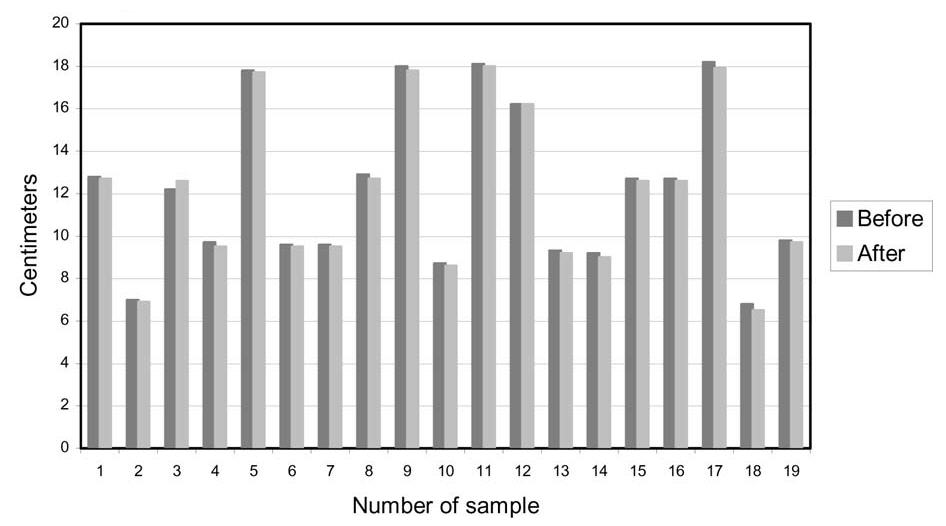
Graph 2: Comparation in samples' width before and after
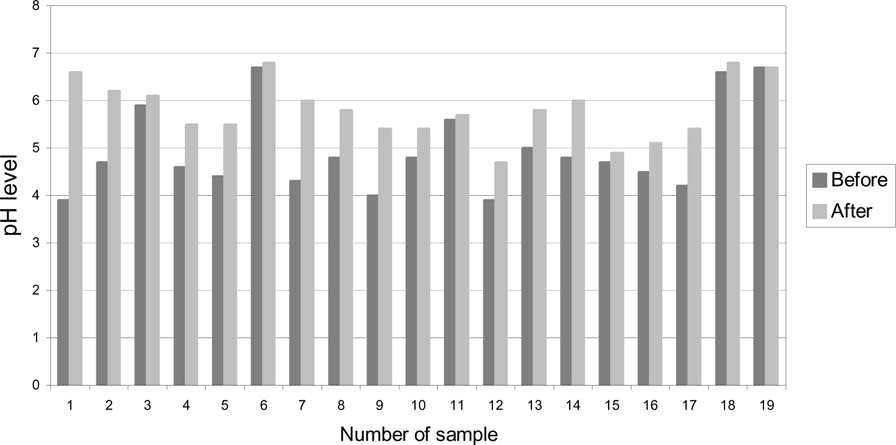
Graph 3: Comparation in samples' emulsion ph level before and after
The treatment efficiently extracted particles deposited on the surface, acidic components probably by products of the developing process, and other oxidized products coming from the secondary support. It was also clear that the dirt stains were removed without causing any apparent damage on the surface of the emulsion.
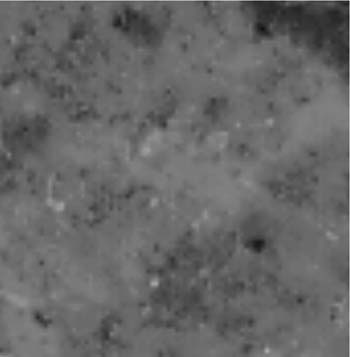
Image 1. Before
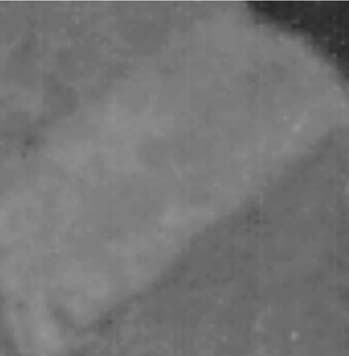
Image 2. After
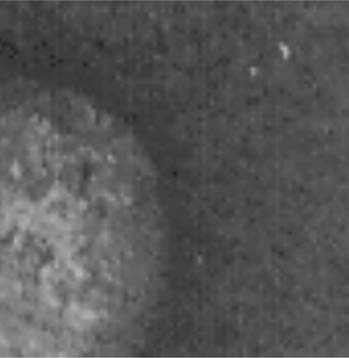
Image 3. Before
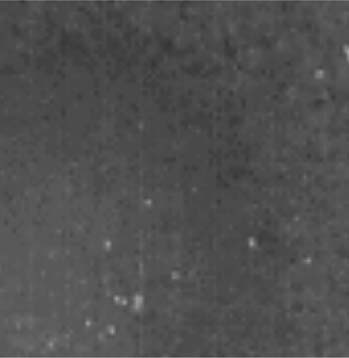
Image 4. After
The effect of moisturizing of the gelatin allowed in some cases the delamination emulsion to re-adhere and to close the cracks. However, in other, pre-existing delamination problems were enhanced.
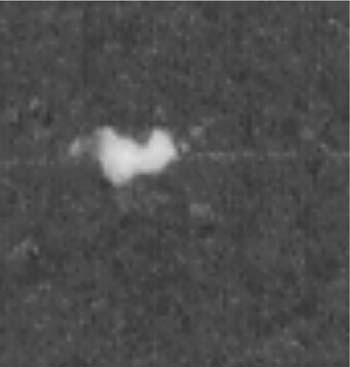
Image 5. Before
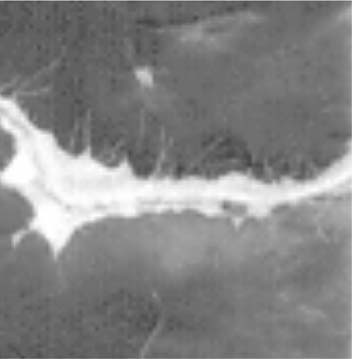
Image 6. After
On the other hand, images obtained by SEM confirmed that the size of fissures and cracks increased after the treatment. (see images 9 and 10). We also found particles of barium sulfate next to those cracks, which indicated that the layer of baryta had been spread during the washing. (see images 13 and 14).
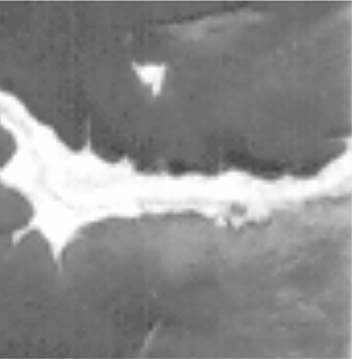
Image 7. Before
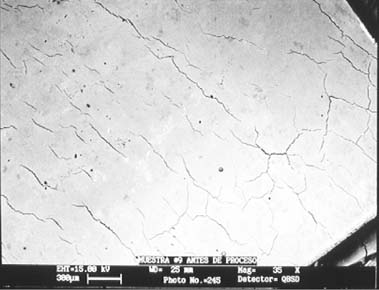
Image 8. After
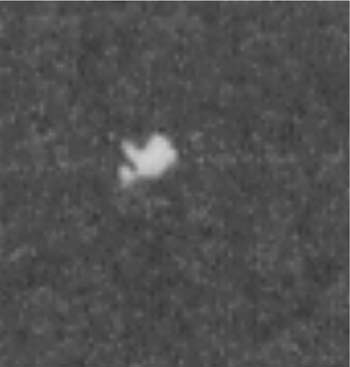
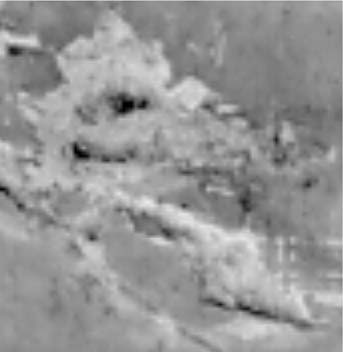
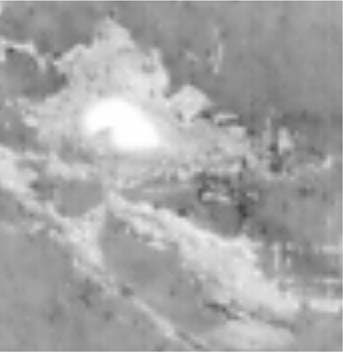
Image 11. Before
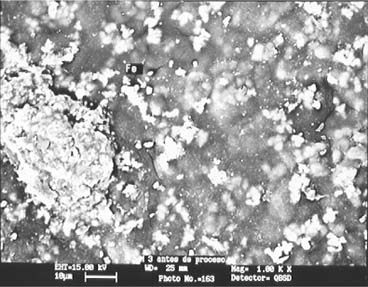
Image 12. After
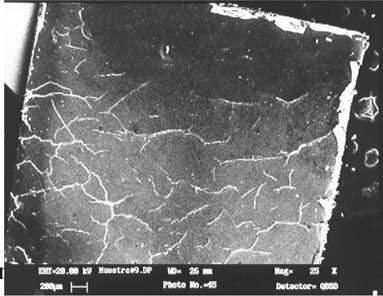
Image 13. Before
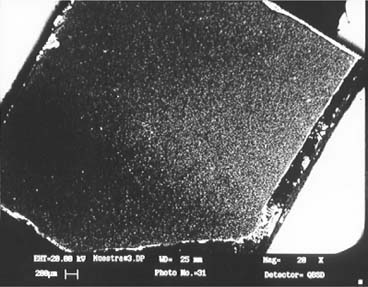
Image 14. After
The values of hue and saturation obtained with spectrocolorimetry indicated that the treatment caused the images to recover the purity of tones in the three densities. This is probably the result of the removal of dirt and other components that had produced a yellowing in the images. The brightness of the images also enhanced after the treatment.
The result of the melting point test was that in 64% of the samples, the emulsion became delaminated at the same temperature both before and after the washing treatment. In 26% of the samples, no delamination occurred. In the remaining 10% of the samples, delamination occurred only after the treatment. These results could be an indication of the good condition of the polymer; however, these results are subject to personal interpretation.
The qualitative analysis of the washing solution revealed the presence of particles of metallic silver.
From this work we can conclude that the conservation condition of the binder previous to the washing determines its behavior during and after the treatment. If the photograph is in a good condition, the treatment is beneficial. Besides, the results seem to indicate that the treatment does not produce any chemical reactions on the photograph.
Silver particles were found in the solution after the washing, perhaps coming from the silver mirroring.
Lowering the acidity of the strata may provide stability to the photograph, especially in samples with very high acidity levels. However, the long-term effects of this procedure are not yet known.
This treatment is not recommended for photographs that have sustained physical damage such as fissures, cracks or breaks, as these may expose the baryta layer. This kind of damage increases the amount of penetration of the solution into the intermediate layers and also for a differential expansion and contraction of the emulsion and the support.
The drying procedure described here is not recommended because it promoted the growth of fissures and cracks. Also, the surface of some photographs was altered due to contact with the Hollytex film. For silver gelatin prints, more research on drying methods is suggested, such as those prints called anti-fissures and that of Felt and Gorotex proposed for albumen.
Fernanda Valverde, Fernando Osorio and Carolusa González. Conservators. National School of Conservation, Restauration and Museography INAH-SEP, México. José Guzmán. Chemist. Materials Research Institute of National University of Mexico. Luis Beltrán del Río. Engineer Physics Institute of National University of Mexico. Juan Ruiz de Velasco and Rubén López. Engineers. Chemical Complements. Javier Vázquez, Chemist. Laboratory of the National School of Conservation, Restauration and Museography INAH-SEP, México. Sandra Gluzgold and Guillermo Kahlo.Photographers.
PAULA ARGOMEDO AND CECILIA DÍAZ
National School of Conservation, Restauration and Museography “Manuel del Castillo Negrete” INAH-SEP
Papers Presented in Topics in Photographic Preservation, Volume Ten have not undergone a formal process of peer review.